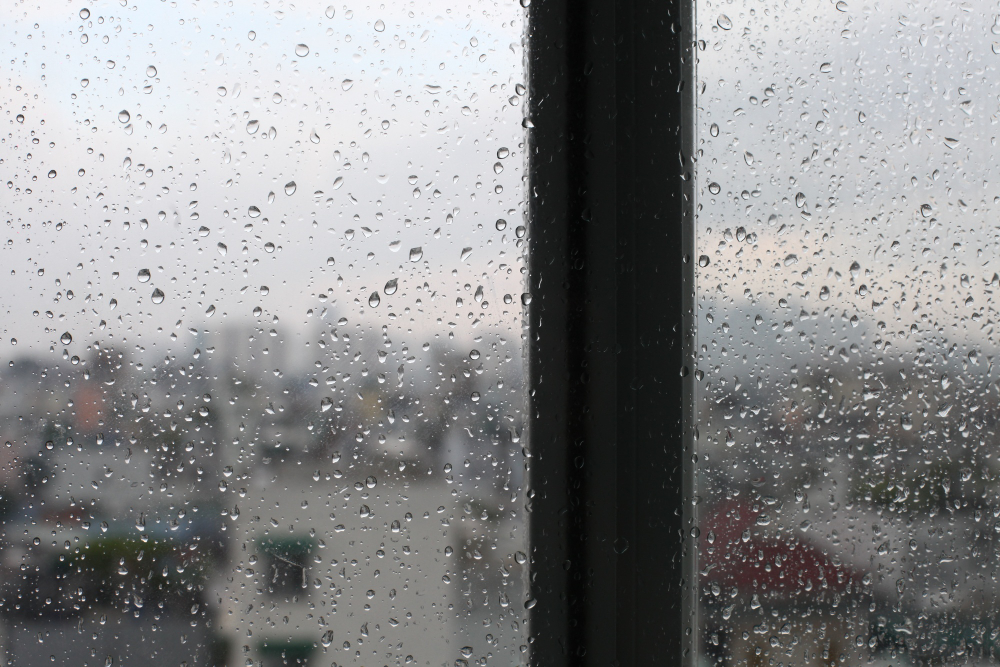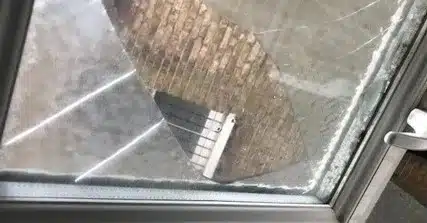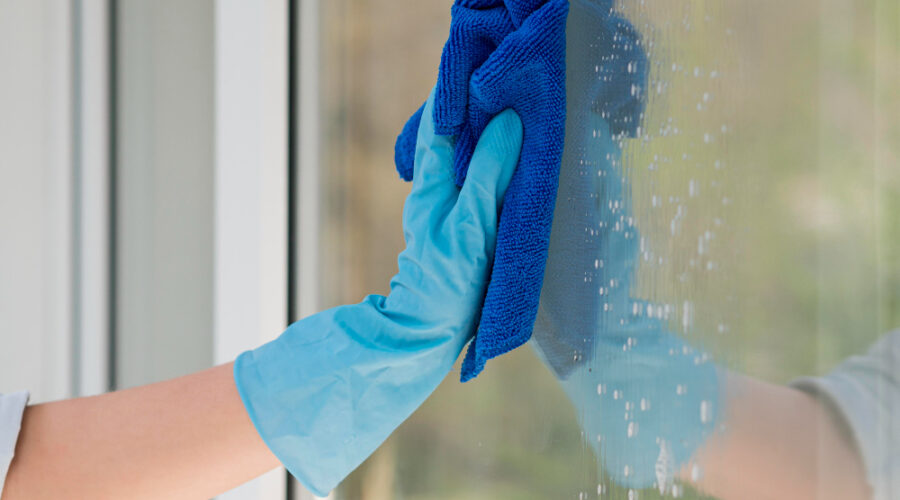Condensation on windows is something most homeowners have experienced at one point, but not everyone knows how to prevent it. While it might seem like a minor annoyance, excess moisture can lead to mould, damage to your walls and windows and even potential health issues. Understanding what causes condensation and how to control it can help keep your home comfortable, your windows clear and your indoor air quality safe.
So What Causes Condensation on Windows?
Condensation occurs when warm air inside your home meets a colder surface, like a window. This causes the moisture in the air to turn into water droplets. You’ll notice this happening most frequently in winter when the temperature difference between the warm interior and cold exterior is most significant. Everyday activities such as cooking, showering, drying clothes indoors or even just breathing contribute to higher indoor humidity levels, making condensation more likely.
If you frequently find condensation between the panes of your double glazed windows though, this is a sign of a failed seal rather than normal household humidity. This is a common issue in older or damaged double glazing, as the seal that keeps the insulating gas in place breaks down over time, allowing moisture to seep in and fog up the space between the glass. The only solution here is to replace the panes.
The Hidden Risks of Excess Moisture
Many people think condensation is just an aesthetic issue, but it can lead to bigger problems if left unchecked. Persistent moisture buildup can cause mould and mildew to grow, which isn’t just unsightly, it can be harmful to your health. Mould spores can trigger allergies and respiratory issues, particularly for people with asthma. Additionally, excess moisture can damage your window frames, walls and even the floors, leading to costly repairs in the long run.
If you’ve noticed black or green patches forming around your windows, this is a sign that mould has already taken hold. In poorly ventilated areas, such as bathrooms and kitchens it can spread quickly, making it even more important to take action early.
How to Reduce Condensation in Your Home
Reducing condensation requires improving ventilation and controlling indoor humidity levels. The first and easiest step is to open your windows regularly to allow fresh air to circulate, particularly after activities that generate a lot of moisture, such as cooking or showering. If you have trickle vents on your windows, keep them open to maintain airflow without fully opening your windows.
Extractor fans in kitchens and bathrooms are another effective way to remove excess humidity from the air. Running these fans while cooking or showering, and keeping them on for a short time afterward helps to draw out damp air before it settles on cold surfaces. If your home doesn’t have extractor fans, investing in a dehumidifier can also help keep moisture levels in check.
Another important habit is to dry laundry outside whenever possible as hanging wet clothes indoors, particularly on radiators releases a significant amount of moisture into the air, contributing to condensation problems. If drying outdoors isn’t an option, using a clothes dryer with a vented hose or a dehumidifier in the drying space can help manage moisture buildup.
Preventative Measures to Protect Your Windows
Taking a proactive approach can help prevent long term damage to your windows. When cooking, use lids on pots and pans to reduce steam. Boiling kettles can also contribute to moisture in the air, so try to keep the kitchen well ventilated while making tea or coffee. Keeping interior doors closed when performing moisture heavy activities such as showering or cooking, can also prevent humidity from spreading to the rest of the house.
If you’re still experiencing condensation despite making these changes, it might be worth checking the condition of your double glazing. As mentioned earlier, condensation inside the glass panes usually means the seal has failed, allowing moisture to enter. This not only reduces the insulation properties of your windows but also means they are no longer as energy efficient as they should be.
When to Seek Professional Double Glazing Repairs
If your double glazing has started fogging up between the panes, it’s a sign that repairs are needed. Over time seals degrade, letting moisture into the insulating space between the glass layers and this reduces their efficiency and can lead to further deterioration if left unaddressed. Fortunately, repairing double glazing is often more cost effective than replacing entire windows, and it restores both the insulation and appearance of your glass.






